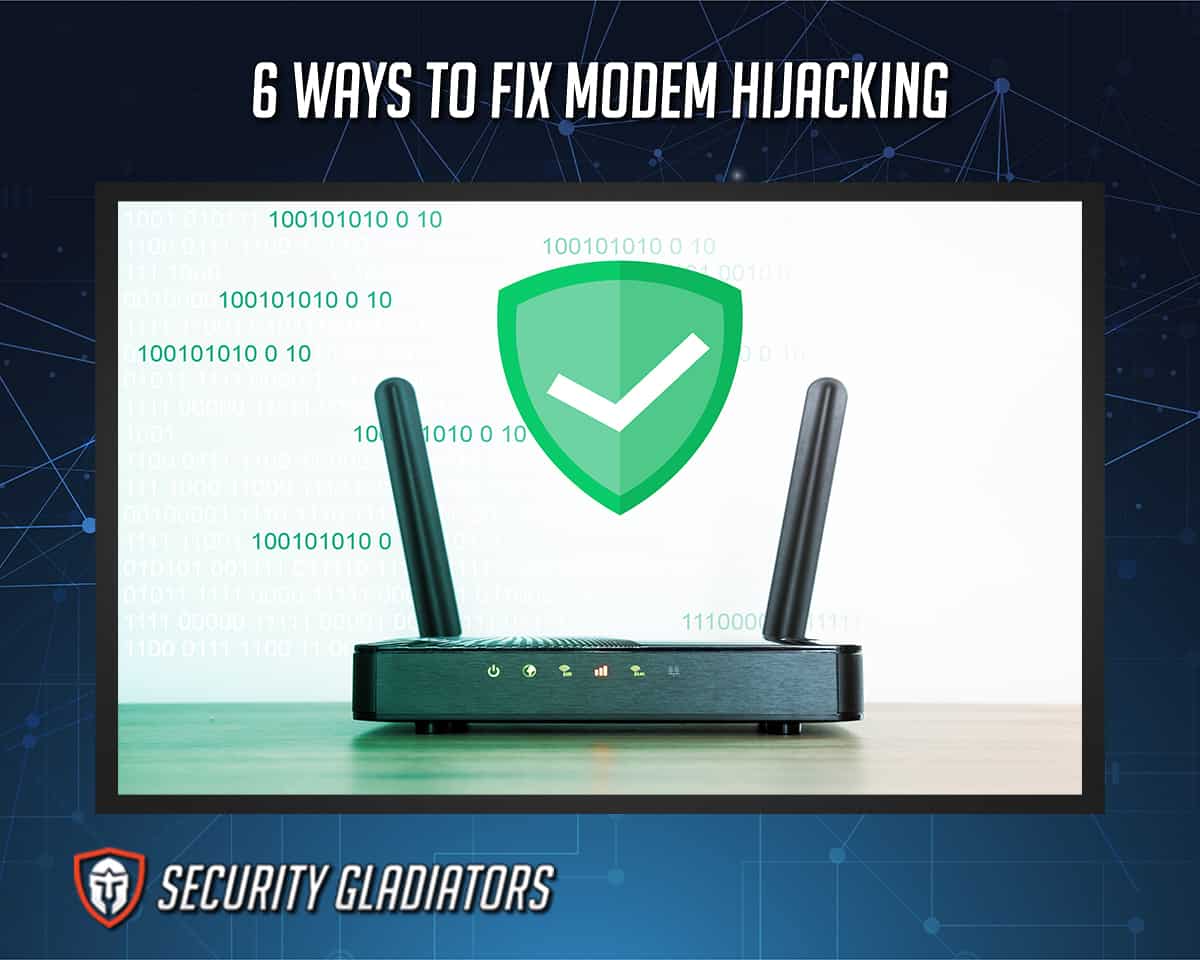
Below are six ways to fix the modem hijacking problem.
- Disconnect your router
- Reset your router
- Log in to your router and change your admin credentials
- Set a new Wi-Fi network SSID and password
- Set up a guest network (optional)
- Update your router firmware
Table of Contents
1. Disconnect Your Router
Disconnecting the router helps to stop the connection to the internet. This stops all the traffic and protects the router from any further damage. First, disconnect the device and follow the steps below.
- Wait at least 10 seconds.
- Reconnect the router to the modem.
- Wait for at least 10 minutes before using the network.
2. Reset Your Router
Resetting the router will redefine all the configurations and settings of the router. The user will need to reconfigure all the settings and the router will restart. To reset the router, follow the steps below.
- Unplug the router.
- Plug the router back in and wait for the lights to return to a normal state.
- Finally, wait at least 10 seconds and then log onto the router.
3. Log in to Your Router and Change Your Admin Credentials
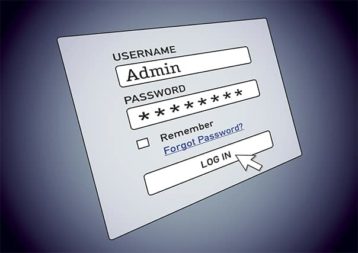
Routers have usernames and passwords needed to access the settings. The user should immediately change the username and password, whether the router is new or used. Nearly all consumer routers are vulnerable to Wi-Fi hacking because default administrative passwords are known. If someone can connect to the user’s network, the hackers might be able to log in to the user’s router using those credentials. Follow the steps below to change the admin credentials.
- Log in to the router.
- Find the “username” and “password” fields.
- Change the username and password to something new.
- Confirm the changed admin credentials.
4. Set a New Wi-Fi Network SSID and Password
Wi-Fi networks have a service set identifier (SSID), equivalent to a Wi-Fi network’s name. When configuring a router—changing administrative credentials and establishing a powerful password—the user should also consider changing the SSID.
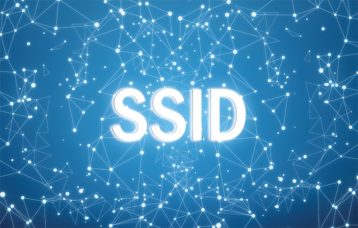
The SSID often reveals the manufacturer, which can help a Wi-Fi hacker break the user’s password. The user should avoid giving hackers that information by setting a custom network name.
The steps to change the Wi-Fi network name and password are below.
- Find the “SSID” and “Wi-Fi password” fields.
- Change the SSID to a new one.
- Confirm the new SSID.
- Change the Wi-Fi password.
- Confirm the new password.
5. Set up a Guest Network (Optional)
Besides a regular Wi-Fi network, users can also set up a guest network. This is useful if the user plans on having non-technical visitors or wants to protect personal data from being accessed by others. If the guest network is necessary, the user should do as defined below.
- Select “guest network” and then press the “Add” button.
- Next, select “guest network name.”
- Finally, choose “security type.”
- Set up a password for the guest network and then press the “Apply” button to save the changes.
6. Update Your Router Firmware
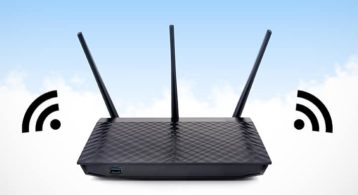
A piece of hardware, such as a router, has an OS: firmware. Just as users update a computers’ OS or any applications, firmware can also be updated.
Users need to keep routers up-to-date with the latest firmware, as older versions are vulnerable to security issues. While some routers can check for firmware updates automatically, the user may always log in to the router’s admin settings and update the firmware. The steps for updating the firmware are as given below.
- Find the “firmware upgrade” section.
- Click “check for updates” and apply the updates.
Why Should I Need to Repair My Hacked Modem?
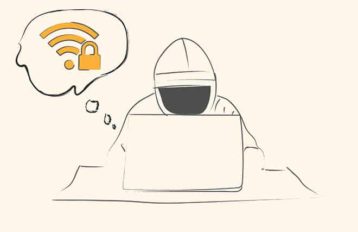
Users need to repair a hacked modem to protect online security. Hackers can use the hijacked admin credentials to access other devices connected to the home network and steal valuable user data.
In case of a hacking suspicion, the user should repair the device immediately. A hacker can hijack the user’s internet connection, steal personal information and even use the connection to commit crimes.
Fortunately, router repair is simple and easy. All the user has to do is follow the steps above.
Who Is Capable of Repairing a Hacked Modem?
Anyone who can connect to the internet and follow simple instructions can repair a hacked modem. However, if the user has no computer and networking experience, one should consider hiring someone to repair the router.
Warning:
A hacked modem is a severe threat to online security. The longer the device stays hacked, the greater the risk to online privacy and security.What Happens if My Router Is Hacked?

If the router is hacked, the hacker can use the device to access private data and commit crimes. The hacker may also be able to use the internet connection to launch cyberattacks against other users. An increase in bills, data loss and internet connection may be signs your router was hacked and you need to act immediately.
When the router is hacked, cybercriminals can use the device to launch cyberattacks on other users. Hackers can use a hacked router to steal passwords and credit card details. Hackers can also use a hacked router to launch DDoS attacks on businesses and government agencies. These attacks could bring down websites and disrupt online services for thousands of users.
How Should I Protect My Modem From Hackers?
The following are some tips that can help users protect modems from hacking and other security threats.
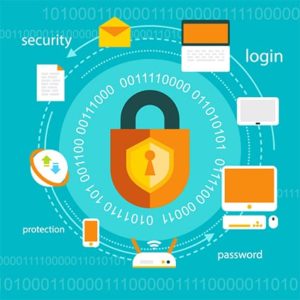
- Installing the Latest Firmware: The user needs to ensure the modem is running the latest firmware version. If there is a new firmware version, always install the software immediately.
- Changing the Default Login Credentials: The modem users should change the router’s login credentials as soon as the device is set up.
- Using a VPN: A VPN encrypts all internet operations, protecting the traffic from hackers and cybercriminals trying to steal valuable data.
- Using a Firewall: Firewalls protect networks from different cyberattacks.
- Applying a Malware Scanner: Malware scanners are tools used to remove infections from compromised networks.
- Using a Password Manager: A password manager will generate strong passwords for consumers and store these passwords securely.
- A Virtual Keyboard: A virtual keyboard prevents keyloggers from recording the user’s keystrokes.
- Keeping the Router Firmware Updated: Router manufacturers release updates to fix vulnerabilities and improve product performance. The user should install these updates as soon as available.
- Avoid Using the Same Password for Everything: Using the same password for all accounts is a bad idea. Cybercriminals can easily guess the passwords by trying to crack available ones.
- Use Two-factor Authentication: Most online services these days offer two-factor authentication. Using this security feature adds an extra layer of security to the user’s account.
- Avoid Opening Suspicious Links: One should never click on suspicious links sent by email or social media. These links might install malware on the user’s computer.
- Keep the Operating System and Software Up-to-Date: Outdated software is more vulnerable to a modem hijacker. Installing updated OS and software prevents device’s vulnerabilities.
Is There an App That Will Protect My Modem From Hackers?
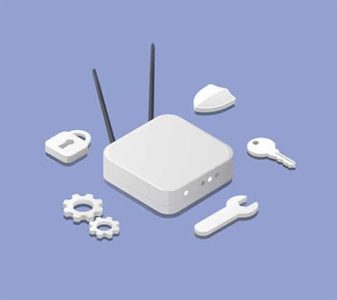
Yes, a few apps will protect modems from hackers. Some of these apps offer real-time protection, while others are firewalls that protect modems from hackers. These apps come with a price but are worth the cost. VPNs and Antivirus software are the most popular software that protect consumers’ devices from hackers.
Can a VPN Protect You From the Hackers?
Yes, a VPN is an ideal software that offers protection against hackers. A VPN is a secure tunnel that connects the computers to a remote server, as explained in this article about what is VPN. The program hides the user’s IP address and encrypts all traffic, preventing hackers from stealing data.
Note:
A VPN is a must-have for every internet user concerned about online security and privacy. When choosing a VPN, ensure that the software offers a kill switch. A kill switch feature will prevent the program from leaking the user’s IP address to the ISP if the VPN connection drops.VPNs offer a range of security features, such as military-grade encryption, no logging policy, kill switches and DNS leak protection.

